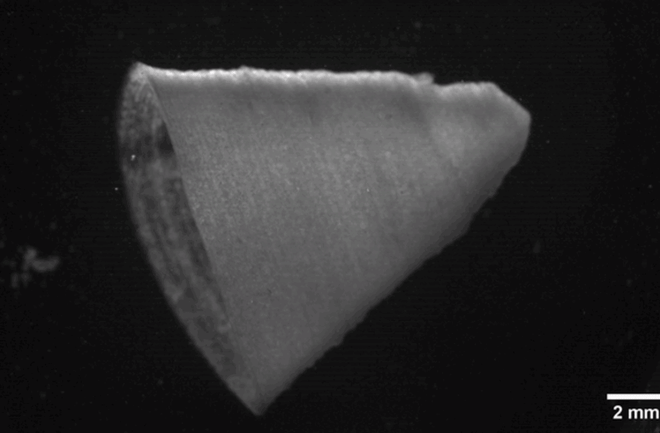Article:
The heart, a remarkable organ, has a simple yet vital role – to circulate blood throughout the body. It accomplishes this by employing a network of rectangular heart cells known as cardiomyocytes, which pump blood into the upper chambers of the heart (the atria) and then out through the lower chambers (the ventricles). Special pacemaker cells within the heart maintain a consistent rhythm, beating at a rate of 60 to 100 times per minute, depending on the individual’s resting heart rate. Despite the intricacy of the heart, previous attempts to create a 3D-printed model for drug testing or transplantation have fallen short. However, researchers from the Harvard John A. Paulson School of Engineering and Applied Sciences (SEAS) have recently made a breakthrough in this area. They have successfully constructed a 3D-printed ventricle model that autonomously beats when stimulated by electricity.
This innovation is made possible by the development of Fiber-Infused Gel (FIG) ink, a unique ink engineered to mimic the connectivity of cardiomyocytes. Suji Choi, a research associate at SEAS, explains that FIG ink is capable of flowing through the printing nozzle yet maintains its 3D structure once printed. This eliminates the need for additional support materials or scaffolds. The idea for this ink originated from Luke MacQueen, a postdoctoral researcher, and was further developed by Kevin Parker, the leader of the disease biophysics group at SEAS. The team made use of a specialized machine that weaves delicate microfiber material. Choi then broke this material into small segments using sound waves and added it to the hydro gel ink. After several experiments, Choi achieved the right balance between ink and fiber segments, which were approximately 100 micrometers long. Using this optimized ink, she successfully printed a ventricle model in which the fibers and cardiomyocytes aligned in a manner similar to a real heart. When an electrical current was applied, the ventricle contracted in a coordinated wave, mimicking the pumping action of a real heart.
Choi was thrilled to witness the ventricle chamber pumping fluid in a way that closely resembled the behavior of a real ventricle. With further refinement, Choi was able to increase the volume of fluid pumped by the 3D-printed ventricle model, achieving five to twenty times more than previous attempts. The team’s goal now is to make the model thicker and more heart-like. It’s worth noting that although the team’s current ventricle model is simplified and miniaturized compared to a real heart, it serves as a significant stepping stone towards the creation of functional 3D-printed hearts.
The human heart, which beats approximately 100,000 times a day, generates enough force to squeeze a tennis ball each time. It requires substantial amounts of energy, surpassing any other organ in the body. The heart relies on various energy sources to sustain its remarkable performance. Choi acknowledges that their ventricle model is a simplified version of the real heart, yet it represents a significant breakthrough in the field of 3D-printed organs.
For more information on the heart and its functions, consider reading the article What Does the Heart Do. If you’re already subscribed, log in or register to continue reading for as low as $1.99.
